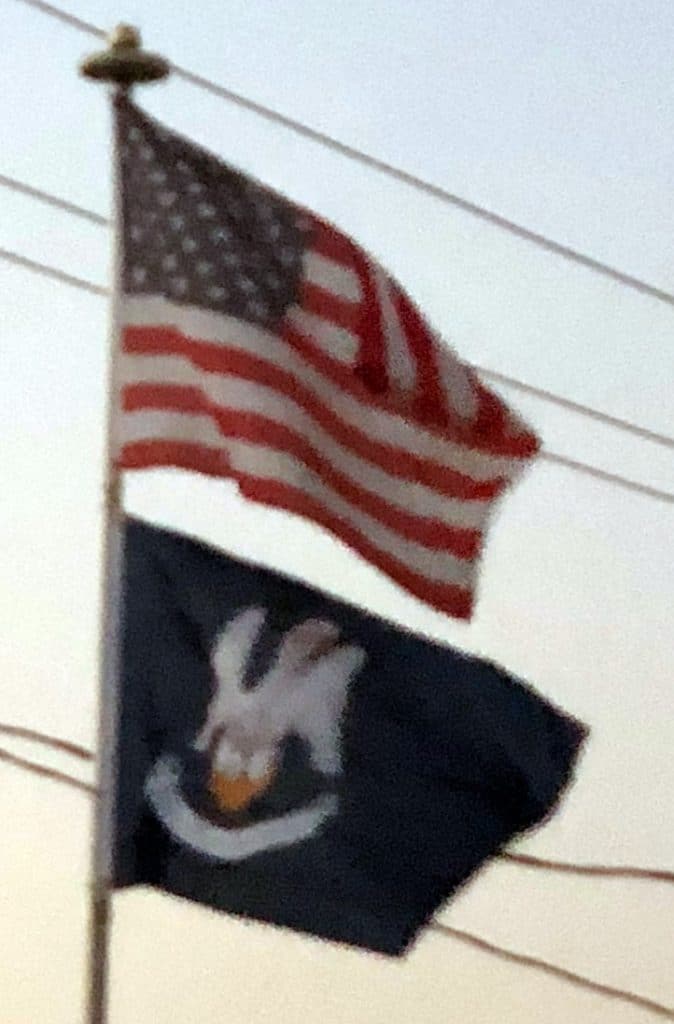Introduction:
Louisiana is a state in the southeastern region of the United States. It is the 31st in size and the 25th most populous of the 50 United States. Louisiana’s capital is Baton Rouge
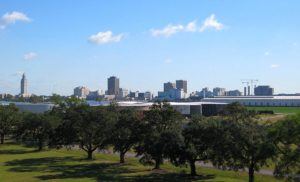
and its largest city is New Orleans.

Louisiana became the eighteenth U.S. state on April 30, 1812
Louisiana was named after Louis XIV, King of France from 1643 to 1715. When René-Robert Cavelier, Sieur de La Salle claimed the territory drained by the Mississippi River for France, he named it La Louisiane. Roughly, Louis + ana carries the idea of “related to Louis.” Once part of the French Colonial Empire, the Louisiana Territory stretched from present-day Mobile Bay to just north of the present-day Canada–United States border, including a small part of what is now the Canadian provinces of Alberta and Saskatchewan.
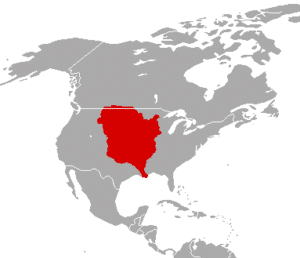
Geography:
Louisiana is bordered to the west by Texas; to the north by Arkansas; to the east by Mississippi; and to the south by the Gulf of Mexico.
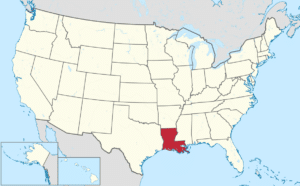
The state may properly be divided into two parts, the uplands of the north, and the alluvial along the coast.
The alluvial region includes low swamp lands, coastal marshlands and beaches, and barrier islands that cover about 20,000 square miles. This area lies principally along the Gulf of Mexico and the Mississippi River, which traverses the state from north to south for a distance of about 600 miles and empties into the Gulf of Mexico; the Red River; the Ouachita River and its branches; and other minor streams.
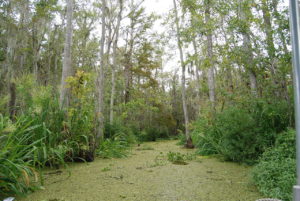
The breadth of the alluvial region along the Mississippi is from 10 to 60 miles, and along the other rivers, the alluvial region averages about 10 miles across. The Mississippi River flows along a ridge formed by its own natural deposits.
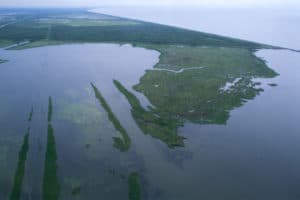
The higher and contiguous hill lands of the north and northwestern part of the state have an area of more than 25,000 square miles. They consist of prairie and woodlands. The elevations above sea level range from 10 feet at the coast and swamp lands to 50 and 60 feet at the prairie and alluvial lands. In the uplands and hills, the elevations rise to Driskill Mountain, the highest point in the state at only 535 feet above sea level.
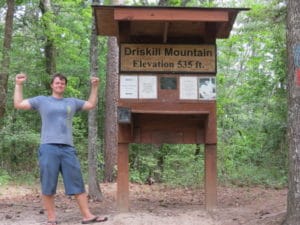
The southern coast of Louisiana in the United States is among the fastest-disappearing areas in the world. This has largely resulted from human mismanagement of the coast. Artificial levees block spring flood water that would bring fresh water and sediment to marshes. Swamps have been extensively logged, leaving canals and ditches that allow saline water to move inland. Canals dug for the oil and gas industry also allow storms to move sea water inland, where it damages swamps and marshes. Rising sea waters have exacerbated the problem. Some researchers estimate that the state is losing a land mass equivalent to 30 football fields every day. There are many proposals to save coastal areas by reducing human damage, including restoring natural floods from the Mississippi. Without such restoration, coastal communities will continue to disappear. And as the communities disappear, more and more people are leaving the region. Since the coastal wetlands support an economically important coastal fishery, the loss of wetlands is adversely affecting this industry.
History:
Native American Cultures:
Louisiana was inhabited by Native Americans for many millennia before the arrival of Europeans in the 16th century. Excavated and dated sites stretch from approximately 3500 BC into the arrival of the first Europeans. Multiple cultures succeeded one another, including cultures that had trading links that stretched as far north as the Hopewell cultures in present-day Ohio. Those interested in detailed information regarding the early Native American societies and cultures of Louisiana are encouraged to investigate further.
